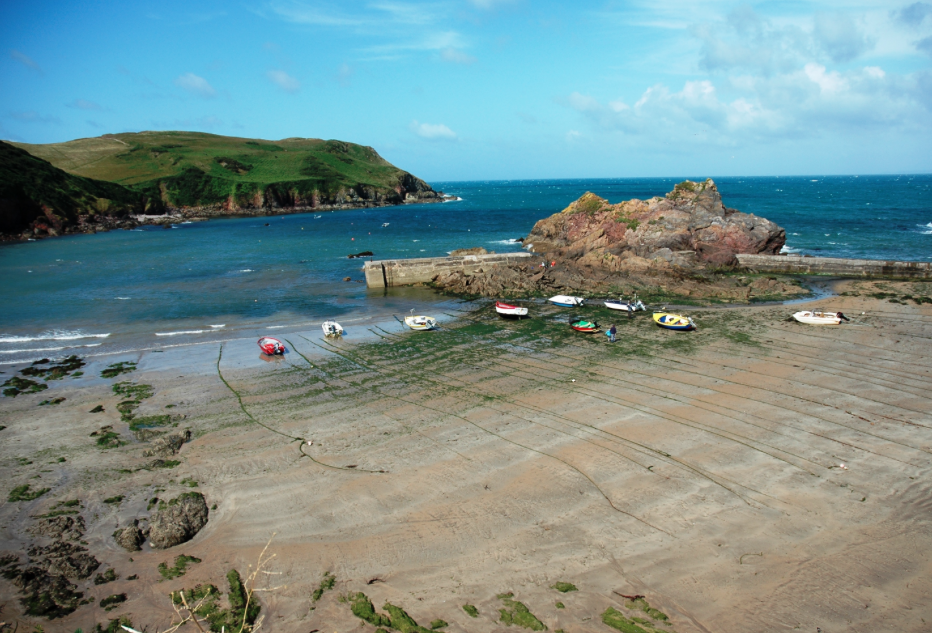This Northumberland outpost offers rich history and plenty of wildlife experiences, says Alastair Buchan
About 295 million years ago, the molten magma that was to become the Whin Sill rose up from the Earth’s core and flowed between horizontal strata of limestone, sandstone and shale.
As it cooled to a hard, dark, crystalline rock called dolerite, it fractured into the columns, stacs and pinnacles that gives Whin Sill’s outcrops a distinctive craggy appearance.
The Sill runs across northern England. Helped by the Tyne Gap, it separates the Pennines from the Cheviots, forms England’s longest cascade at Cauldron Snout, its highest uninterrupted waterfall at High Force, the photogenic lengths of Hadrian’s Wall and the castled, coastal crags of Northumberland before heading to sea as the Farne Islands.
In 635AD, St Aidan was the first in a long chain of religious hermits finding solitude on Inner Farne. This ended in 1245 when Inner Farne was given a Benedictine Order.
The monks lived by farming, fishing and salvaging wrecked ships. In 1540, just before the dissolution of the monasteries, Prior Castell built a four-storey pele tower to protect against marauders.
It is now used by National Trust Rangers. There are tales of St Aidan warning shipping by lighting beacons but proper lighthouses didn’t arrive until 1776 when John Blackett built the first two, one on Inner Farne and the other on Staple Island.
Continues below…
Exploring Western Haven, Newtown
Peter Bruce packs a picnic and takes a dinghy day trip to explore a secret haven just a mile or…
Newton Haven, Northumberland
Not only does this anchorage offer good holding but stargazing, birdwatching and a beautiful sandy beach, says Alastair Buchan
Exploring Hope Cove, south Devon
This unspoilt, often overlooked haven in Devon can be a great anchorage, says Dag Pike
The Staple Island light fell down during the Great Storm of 1784. Its replacement was built on Brownsman and became home to the Darling family. Both lighthouses were rebuilt between 1809 and 1810.
There are a number of anchorages in the islands. None offer all-weather shelter. Most are suitable only for lunchtime snacks.
One is in the shallow water bay at the south end of the Longstone, another at the southern end of the drying channel between Staple and Brownsman Islands.
Taking care to avoid the strong tidal streams rushing through the channels, you can anchor immediately south of the Wideopens or Inner Farne.
There is an overnight anchorage between Knoxes Reef and the Wideopens. This is open to the east and uncomfortable at high water.
The Kettle is the Farne Islands’ most protected and popular overnight anchorage. It is at its best, and safest, in quiet settled weather.
Open to the north-west, towards high water, shelter to the east disappears. As in any anchorage, have an exit plan just in case. The northern entrance is available at any stage of the tide. There is about 2.5m in Wideopen Gut when London Rock is covered.
This happens about two hours before high water.
If the weather and your draft suits, you can then enter from the south. Once in, anchor out of the tidal stream and clear of trip boat moorings. The bottom is weed-covered sand. Try to find a clear patch.
It is possible to land on Inner Farne but check in with the rangers. It’s an idyllic overnight stop provided you wear earplugs to shut out screeching terns and howling seals.







